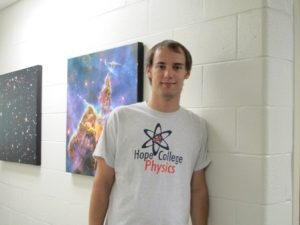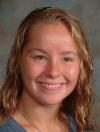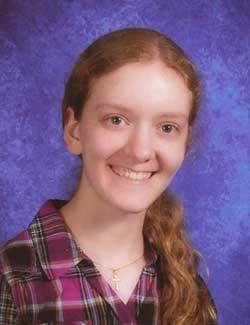
Compton Scattering Cross Sections in Strong Magnetic Fields: Advances for Neutron Star Applications
Research Advisor: Dr. Peter Gonthier
Various telescopes including RXTE, INTEGRAL, Suzaku, and Fermi have detected steady non-thermal X-ray emission in the 10 – 200 keV band from strongly magnetic neutron stars known as magnetars. Magnetic inverse Compton scattering is believed to be the leading candidate for the production of this intense X-ray radiation. Scattering at ultra-relativistic energies leads to attractive simplifications in the analytics of the magnetic Compton cross section. We have recently addressed such a case by developing compact analytic expressions using correct spin-dependent widths acquired through the implementation of Sokolov & Ternov basis states, focusing specifically on ground-state−ground-state scattering. Compton scattering in magnetar magnetospheres can cool electrons down to mildly relativistic energies. Moreover, soft gamma-ray flaring in magnetars may involve strong Comptonization in expanding clouds of mildly relativistic pairs. Such environs necessitate the development of more general magnetic scattering cross sections, in which the incoming photons acquire substantial incident angles relative to the field in the rest frame of the electron leading to arbitrary Landau excitations of the intermediate and final states. Due to the rapid transitions of the excited-state to the ground-state, the initial electron is still assumed to be in the ground state. The cross sections treat the plethora of harmonic resonances associated with various cyclotron transitions between Landau states. Polarization and spin dependence of the cross section for the four scattering modes is compared to the non-relativistic Thompson cross section with classical widths. The work done here is mainly analytical in nature but includes numerical results to show the comparisons between our results and classically used results. The findings presented here will have applications to various neutron star problems, including computation of Eddington luminosities and polarization mode-switching rates in transient magnetar fireballs.
This work is made possible by the generous support of the National Science Foundation (Grant No. AST-1009731), the NASA Astrophysics Theory and Fundamental Program (NNX13AO12G / 12-ATP12-0169) and the Michigan Space Grant Consortium.




